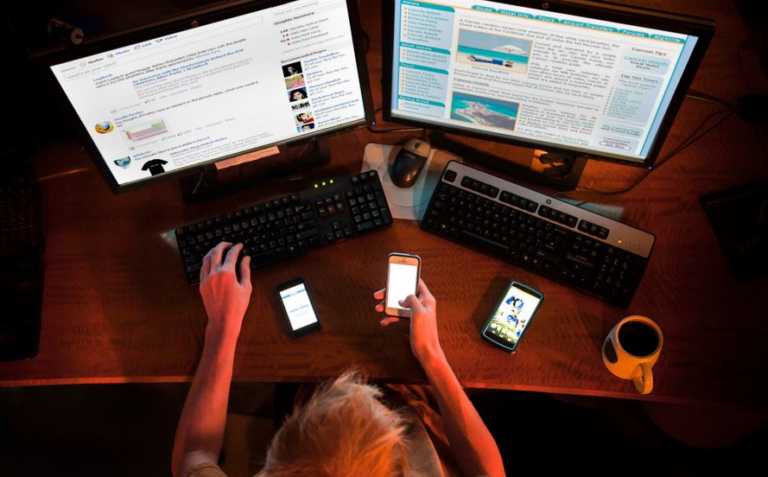Disney Creates A Giant Wall-Sized Touchpad: A Smart Wall Straight Out Of The Future

What are the uses of a wall other than dividing our homes into rooms, hanging pictures, and doing some scribbling in the free time? The flat walls can be way smarter than we ever imagined — they can be interactive and sense touch inputs.
A combined team of researchers at Disney and Carnegie Mellon University showcased their room-scale interactive and context-aware sensing system called Wall++ at the ACM CHI 2018 in Canada.
The system comes into action by applying electrode patterns and a coating of conductive paint on a wall. To make it look like any other ordinary wall, the system is kept hidden behind a top coat of standard latex paint. The wall is connected to a custom sensor created by the researchers. The cost of turning walls into smart walls is around $20 per square meter.
So, what can the smart wall do?
It can do everything from being a giant capacitive touchpad capable of detecting gestures and hover movements, and if a person is sufficiently close to the wall, it can sense their pose and motion. Possibilities are more: imagine a virtual light switch that you can move anywhere on the wall.
Wall++ can also behave like passive antennas, capable of detecting electromagnetic noise from electric appliances. So, if all the walls in the rooms are covered with the smart wall treatment, the system could track in real-time what appliances are in use and their location in the room. It can go to another level by tracking users (wearing devices emitting electromagnetic signals) in the room.
Electromagnetic sensing can allow the system to do things like alerting the user in another room when an electric kettle or laundry machine turns off. Making ordinary walls context-aware could be a considerable advancement towards our goal of smart and connected homes. Still, Wall++ is yet to become cost-effective in terms of energy consumption. The current proof-of-concept uses as much power as a standard touchscreen.
You can find more details about Wall++ in the paper published by the researchers. They presented their work at the ACM CHI 2018 in Canada.
Also Read: SurfaceConstellations: Microsoft’s Open Source Platform Is The Multi Device Setup You Always Wanted






